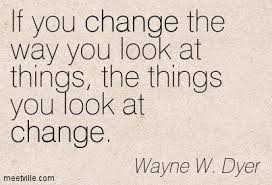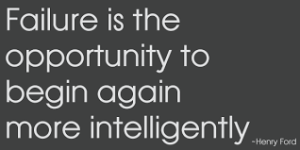What if we found out that most learning, attending, emotional regulating challenges are all because of poorly integrated primitive reflexes?
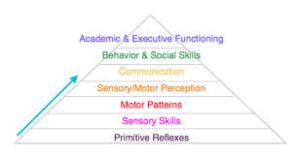 Just what if, in every early childhood and primary classes we built in some sensory integration movement that would help our kiddos turn those primitive reflexes into integrated ones?
Just what if, in every early childhood and primary classes we built in some sensory integration movement that would help our kiddos turn those primitive reflexes into integrated ones?
 What if our school OTs and PTs focused on providing the sorts of movement therapy to all our struggling wee ones? What if it was daily? GASP!
What if our school OTs and PTs focused on providing the sorts of movement therapy to all our struggling wee ones? What if it was daily? GASP!
What if it really was that simple?
I have spent the last few weeks catching up on my reading about primitive integration as I prepare a presentation about Aunt Sally for an upcoming conference. I have long believed that sensory integration is one of the BIG keys in helping our kids become effective and efficient learners as well as to have a sense of well-being which then helps with social interactions and relationships.
Aunt Sally provided rhythmic movement. Although the movements were not as specifically prescribed per the current literature, those rhythms, those weaving movements did positively affect our students.
So, rather than site specific literature on the topic, I am simply going to share what I have learned, what has been confirmed for me in all the research and reading I have done on the topic.
As I read the literature, I always think of specific students as well as my own kiddos. And, WOW! What if?
What are primitive reflexes?
They are automatic movements and changes that happen in a baby. They help him to survive, grow and develop. There are many of these reflexes like Moro Reflex- (startle reflex), Tonic Labyrinthine Reflex (learning about gravity), Asymetrical Tonic Neck Reflex (sids-to-side movements), Fear Paralysis Reflex (withdrawal from stimulus).
Primitive reflexes need to be integrated within the first few years of life. This means they slowly get replaced by postural reflexes – those that help us walk, sit and stand….
When primitive reflexes are not integrated all sorts of difficulties with life and learning develop. Think of your most challenged and quirky students and kids. Do they have trouble with any of the following? This is a short list based on my ability to remember all I have read.
- easily triggered into anger
- poor balance and coordination
- low stamina
- hyper-sensitivity to light, movement, sound, touch, small.
- vision, tracking and writing difficulties
- poor muscle tone
- easy to fatigue
- visual, speech, auditory challenges
- toe walking
- trouble navigating stairs
- feelings of being overwhelmed
- shy, fear of embarrassment
- fear of separation form loved one, clinging
- aggressive behavior
- fear of failure
- phobias
- low tolerance to stress
- poor posture
- ‘w’ sitting
- trouble copying from the board
- attention difficulties
- poor concentration
- poor posture
- poor short-term memory
- fidgeting
- speech delays
- poor social behavior
- poor manual dexterity
- poor pencil grip
- handwriting difficulties
When primitive reflexes are not integrated, the fight/flight/freeze response is easily triggered- in fact, some kiddos are in this state all the time! This causes extreme stress. And chronic stress inhibits learning, and denies us a sense of well-being. Imagine.
is easily triggered- in fact, some kiddos are in this state all the time! This causes extreme stress. And chronic stress inhibits learning, and denies us a sense of well-being. Imagine.
So, what if we assessed every single preschooler and primary education kiddo for sensory integration and then provided them with all the rhythmic movement exercises they needed to get those reflexes integrated?
 While we are at it, how about we increase recess time and access to swinging and jumping rope and climbing and going down the slide so some of this can occur naturally?
While we are at it, how about we increase recess time and access to swinging and jumping rope and climbing and going down the slide so some of this can occur naturally?
Now imagine all those kiddos you thought about as you read the above list. What if we focused on ensuring their primitive reflexes became integrated?
I invite you to just imagine.
Now take action.
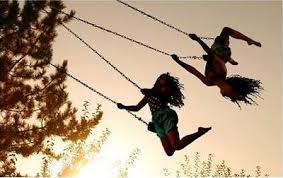





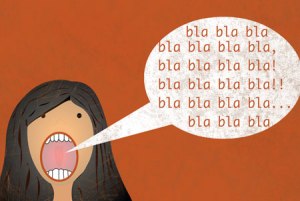



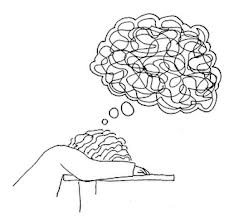

 accommodations are being made, nobody is helping him process what he is stressed about. Thus far, no evidence of UDL, effective collaborative co-teaching, differentiation.
accommodations are being made, nobody is helping him process what he is stressed about. Thus far, no evidence of UDL, effective collaborative co-teaching, differentiation.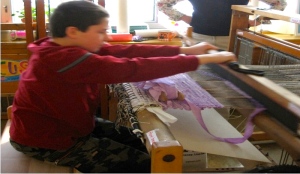

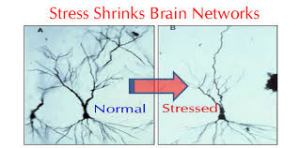



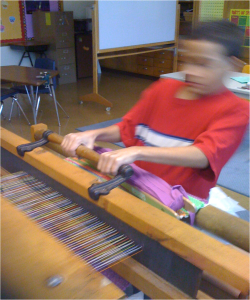 work. My answer is this. So what? If we have students avoiding work, then it’s on us to figure out why and fix it. Maybe weaving is the only thing that student can do today. If so, then it’s a darn good thing we have Aunt Sally, isn’t it? Sitting at a loom and weaving is better than tearing your room apart, disrupting the class, picking fights.
work. My answer is this. So what? If we have students avoiding work, then it’s on us to figure out why and fix it. Maybe weaving is the only thing that student can do today. If so, then it’s a darn good thing we have Aunt Sally, isn’t it? Sitting at a loom and weaving is better than tearing your room apart, disrupting the class, picking fights. 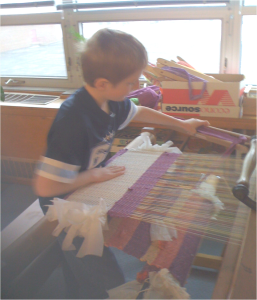
 ove
ove 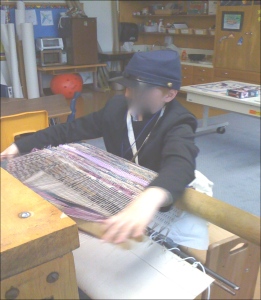 my direction. One such incident will stay with me forever. A 5th grader was at the loom. He had come in on his own to get in a better place for a class that gave him trouble. He had been at Aunt Sally for about 5 minutes. We heard a door slam down the hallway and looked at each other waiting for the door slammer to enter our room. We just figured it was one of us. It was. A 6th grader entered, threw his math text book across the room. The fifth grader sitting at Aunt Sally, moved over and said, “Hey, you can have Aunt Sally now.” He said it with such compassion, such heart, such ernest. Makes me tear up remembering it.
my direction. One such incident will stay with me forever. A 5th grader was at the loom. He had come in on his own to get in a better place for a class that gave him trouble. He had been at Aunt Sally for about 5 minutes. We heard a door slam down the hallway and looked at each other waiting for the door slammer to enter our room. We just figured it was one of us. It was. A 6th grader entered, threw his math text book across the room. The fifth grader sitting at Aunt Sally, moved over and said, “Hey, you can have Aunt Sally now.” He said it with such compassion, such heart, such ernest. Makes me tear up remembering it. uch-work-we-have-to-do-in-schools exhausted. Tired-of-meeting-with-people-in-education-who-just-don’t-get-it exhausted.
uch-work-we-have-to-do-in-schools exhausted. Tired-of-meeting-with-people-in-education-who-just-don’t-get-it exhausted.


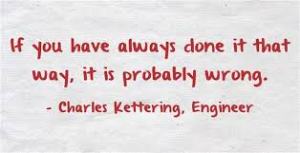
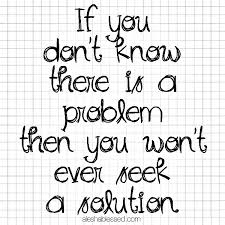 individualized is that?
individualized is that?

